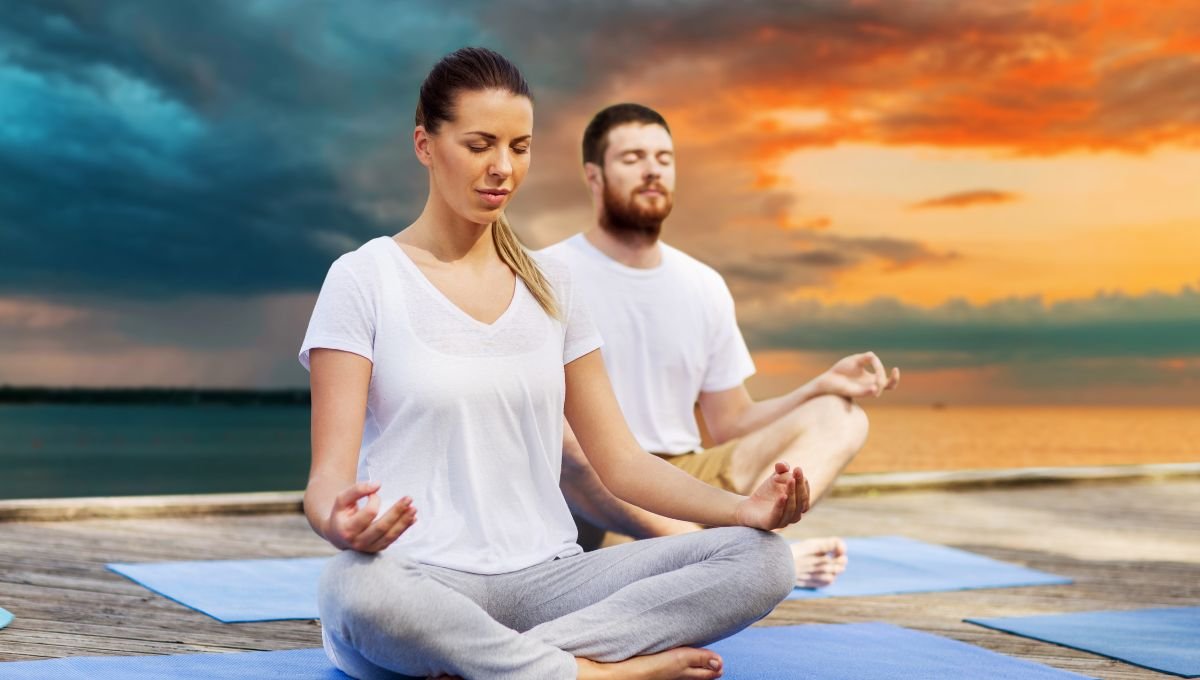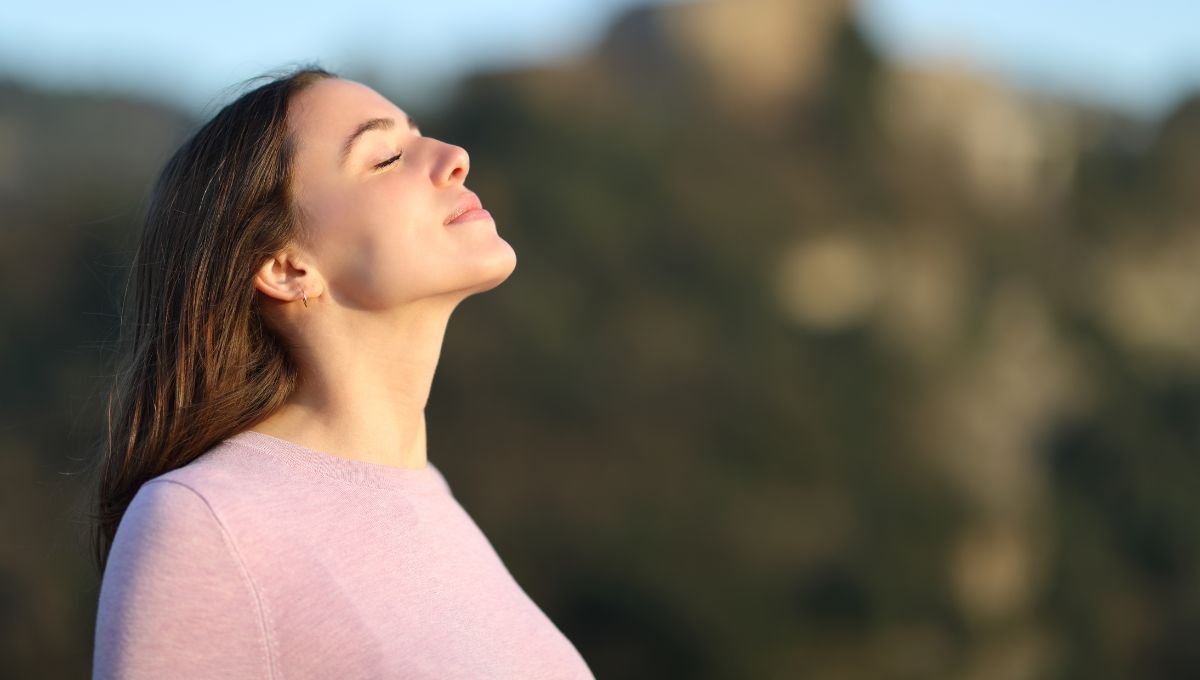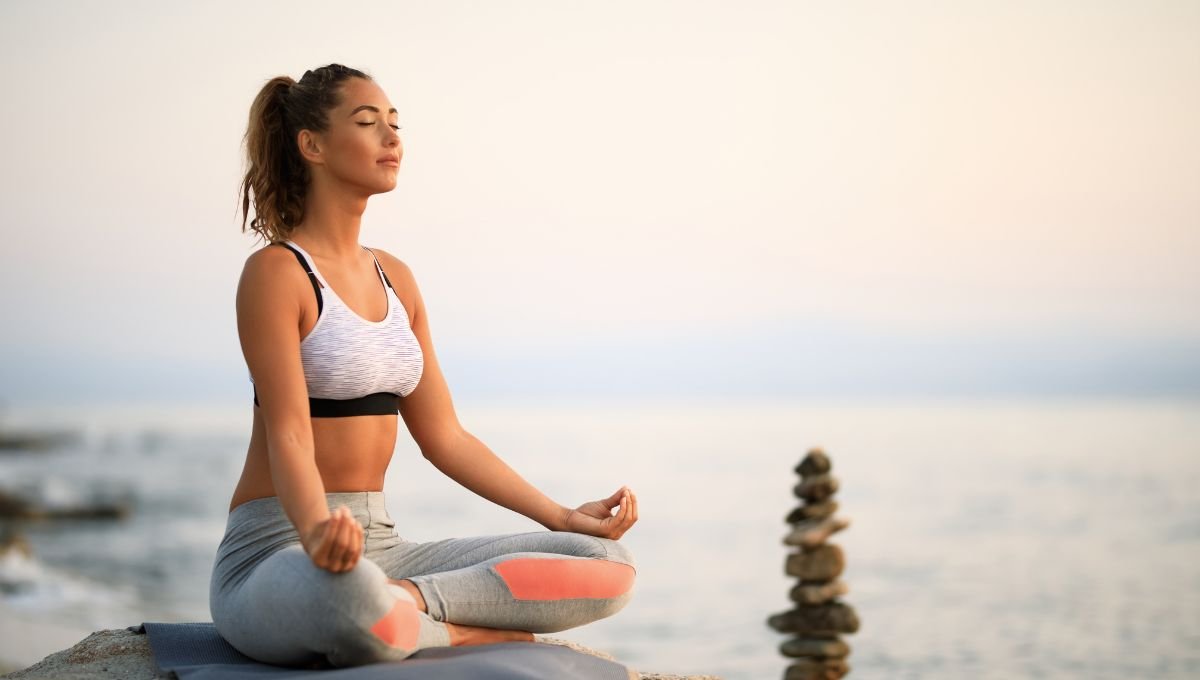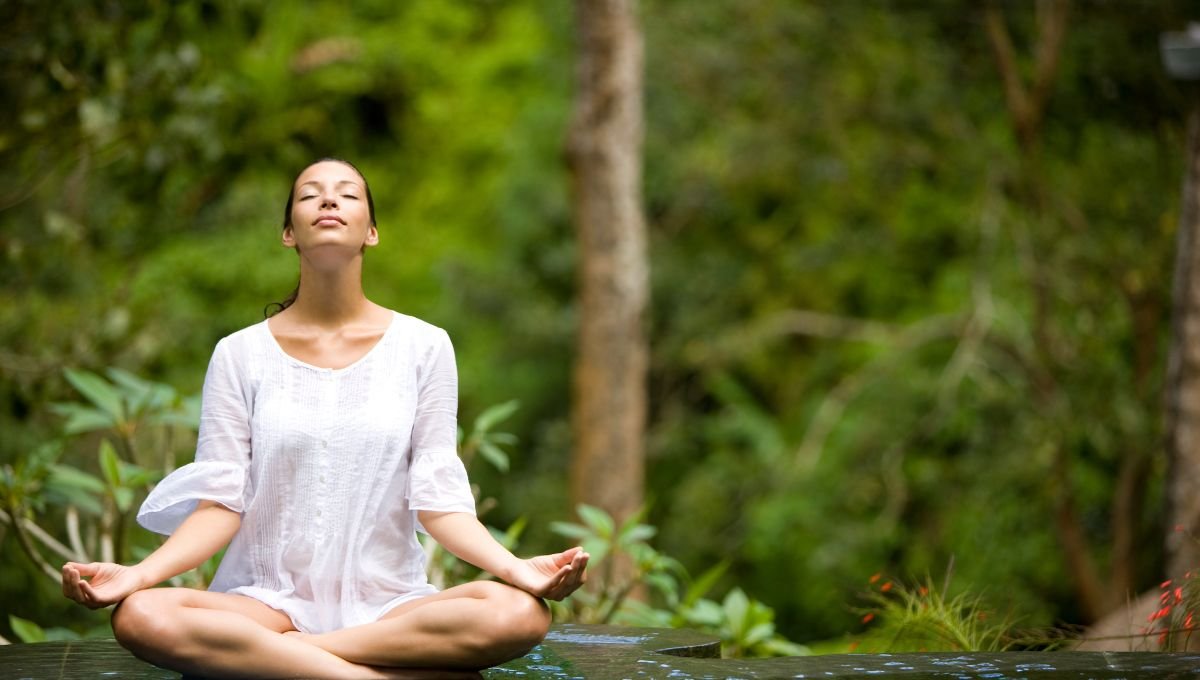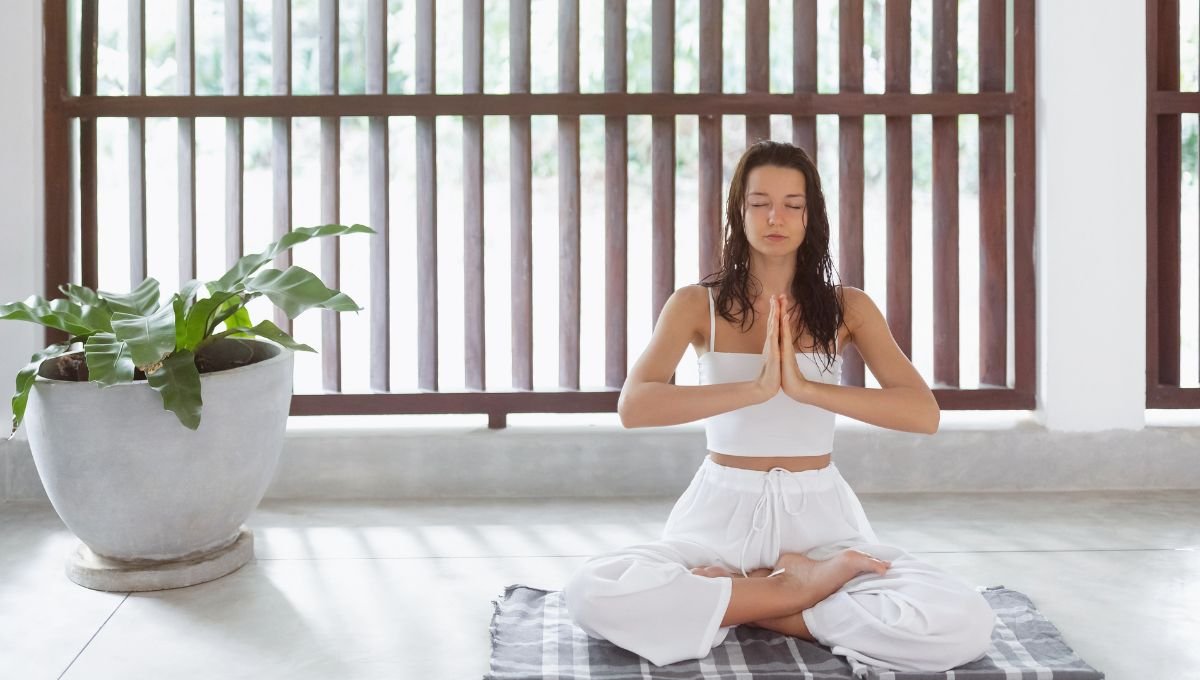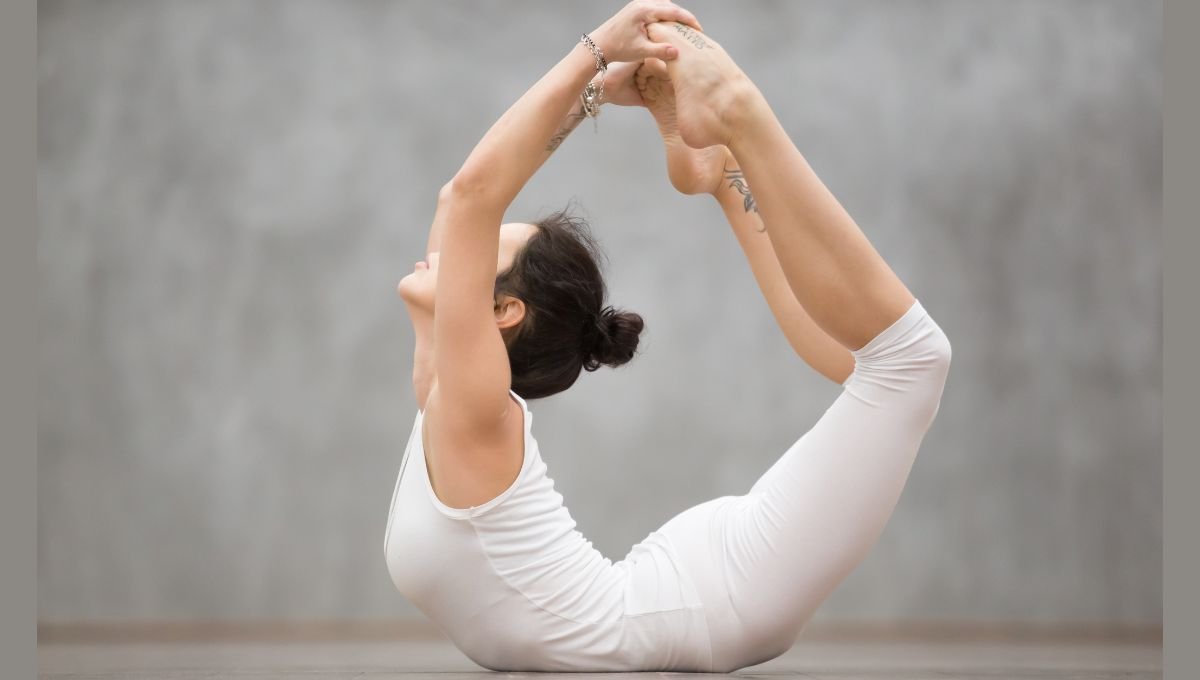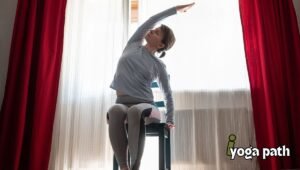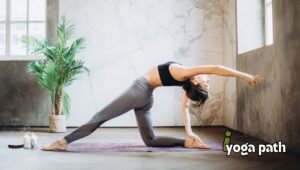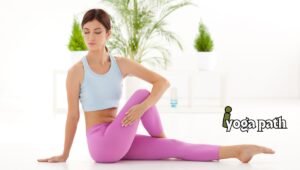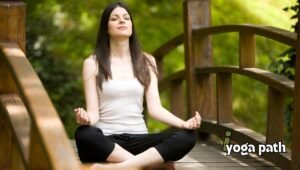Breath of Life: Mastering Pranayama for Wellness, A beginner’s guide to unlocking the transformative power of breath.
Short Intro:
In the excursion towards all-encompassing wellbeing and health, “Breath of Life: Dominating Pranayama for Health” arises as a significant aide for people trying to bridle the profound advantages of pranayama. This old yogic act of breath control is earning respect inside the domains of yoga devotees as well as among a more extensive crowd searching for regular ways of improving actual well-being, mental clarity, and profound equilibrium.
Market measurements uncover a developing revenue in pranayama, with wellbeing specialists and wellbeing mentors progressively integrating it into their offerings, mirroring a more extensive pattern towards care and breathwork in health schedules.
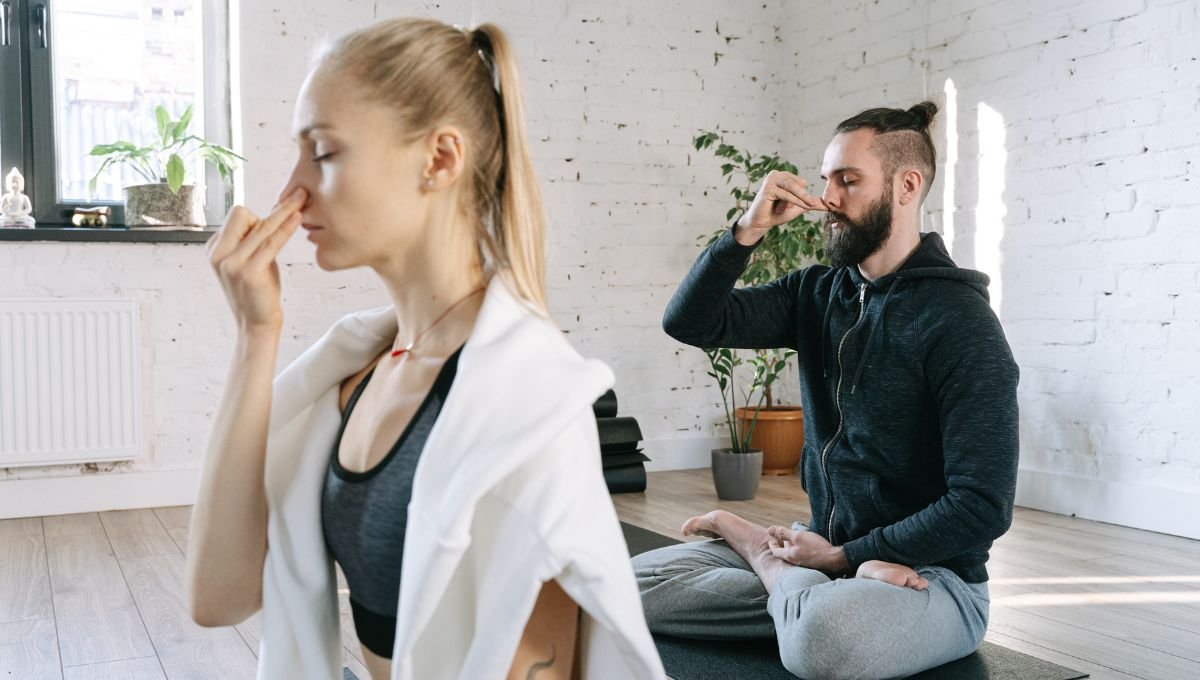
The Essentials of Pranayama
Pranayama, a central part of yoga, includes different strategies intended to control the breath, which is accepted to be the wellspring of our essential life force or prana. This training goes beyond simple breathing activities; it is a deliberate way to deal with upgrading the energy moving through the body, quieting the psyche, and getting ready for more profound contemplation. For amateurs, understanding the nuts and bolts of pranayama—including its standards, benefits, and different procedures—is fundamental for incorporating this training into their day-to-day existence, both actually and securely.

Advantages of Pranayama
Upgraded Respiratory Wellbeing: Standard pranayama practice reinforces the respiratory framework, expanding lung limit and productivity.
Worked on Mental Prosperity: Strategies like profound breathing and substitute nostril breathing can altogether decrease pressure, tension, and gloom, advancing mental tranquility and lucidity.
Supported Energy Levels: By upgrading the progression of prana, pranayama fortifies the body, improving imperativeness and diminishing sensations of laziness.

Starting Your Pranayama Practice
Leaving on a pranayama venture requires persistence, consistency, and care. Begin with straightforward strategies like Dirga Pranayama (three-section breath) or Ujjayi Pranayama (sea breath) under the direction of a certified teacher. It’s important to rehearse in a calm, agreeable space and to focus on the body’s signs, changing the training depending on the situation.
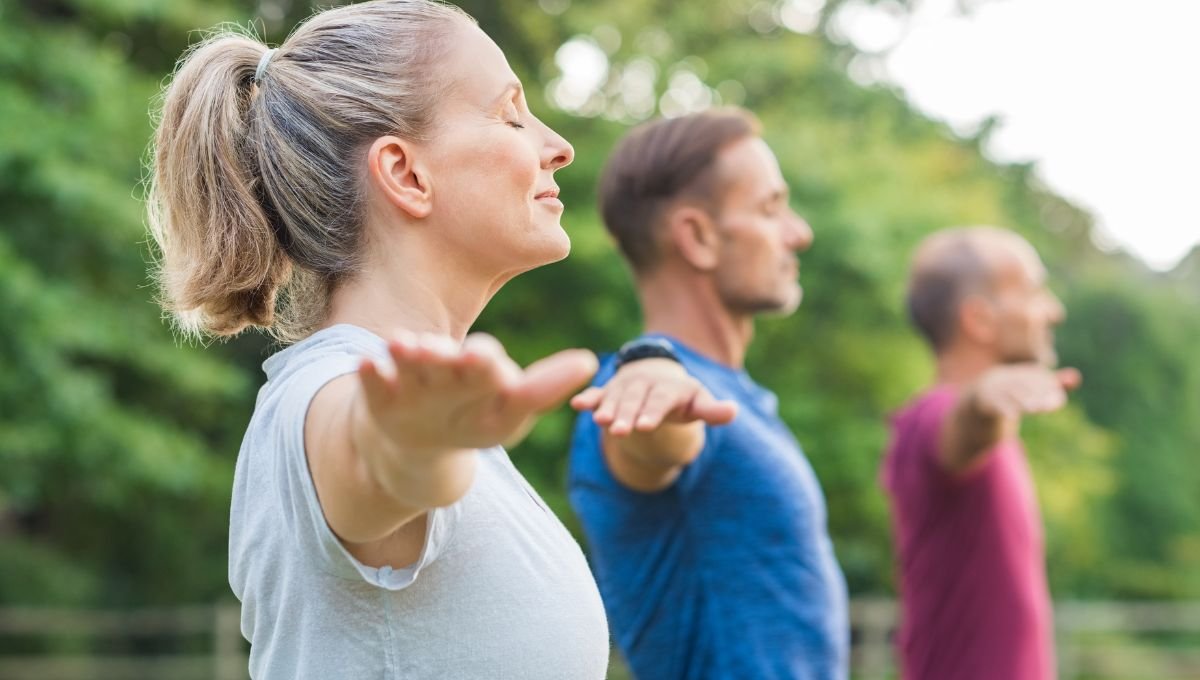
Normal Errors and How to Stay Away from Them
While pranayama offers various advantages, wrong practice can prompt inconvenience or unfavorable impacts. Amateurs ought to know about normal entanglements, like stressing the breath, racing through procedures, or rehearsing progressed pranayama without sufficient planning. Guaranteeing legitimate procedures and steadily advancing under master direction can assist with staying away from these issues.

Coordinating Pranayama’s day-to-day existence
To receive the full rewards of pranayama, consistency is critical. Integrating short pranayama meetings into your everyday schedule can extraordinarily affect your general prosperity. Whether it’s beginning the day with a couple of moments of breathwork, enjoying breathing reprieves during work, or rehearsing before reflection or sleep time, track down minutes to interface with your breath over the day.
“Breath of Life: Dominating Pranayama for Health” fills in as a fundamental prologue to the universe of pranayama, offering novices the information and devices expected to leave on a groundbreaking excursion of breath control. As familiarity with pranayama’s advantages keeps on developing, this old practice stands apart as a significant part of a thorough health technique, welcoming everybody to investigate the recuperating force of the breath.

End and Last Considerations
All in all, “Breath of Life: Dominating Pranayama for Wellbeing” highlights the huge role pranayama plays in improving one’s excursion toward comprehensive well-being. As we dive further into the specialty of breath control, we open the door to heaps of help that range in physical, mental, and profound health. This guide fills in as an establishment for novices as well as a suggestion to prepare professionals for the groundbreaking power inborn in our breath. The act of pranayama is a demonstration of the profound effect that cognizant breathing can have on our general prosperity, offering a basic yet viable device for overseeing pressure, working on respiratory well-being, and encouraging inward harmony.
Embracing pranayama in our day-to-day existence empowers a careful association with our most fundamental and crucial capability: breathing. This association develops a feeling of presence and mindfulness that penetrates all parts of life, prompting a more adjusted and focused presence. By integrating pranayama into our health schedules, we engage ourselves to explore life’s difficulties with effortlessness and flexibility, demonstrating that the way to imperativeness and peacefulness exists in our breath.
Let this investigation of pranayama move you to start or develop your work on finding the vast conceivable outcomes that cognizant breathing can divulge. Keep in mind that the journey to well-being begins with a solitary breath. Embrace the “Breath of Life” and permit pranayama to be your aide towards accomplishing unmatched well-being and arousing to the maximum capacity of your being.
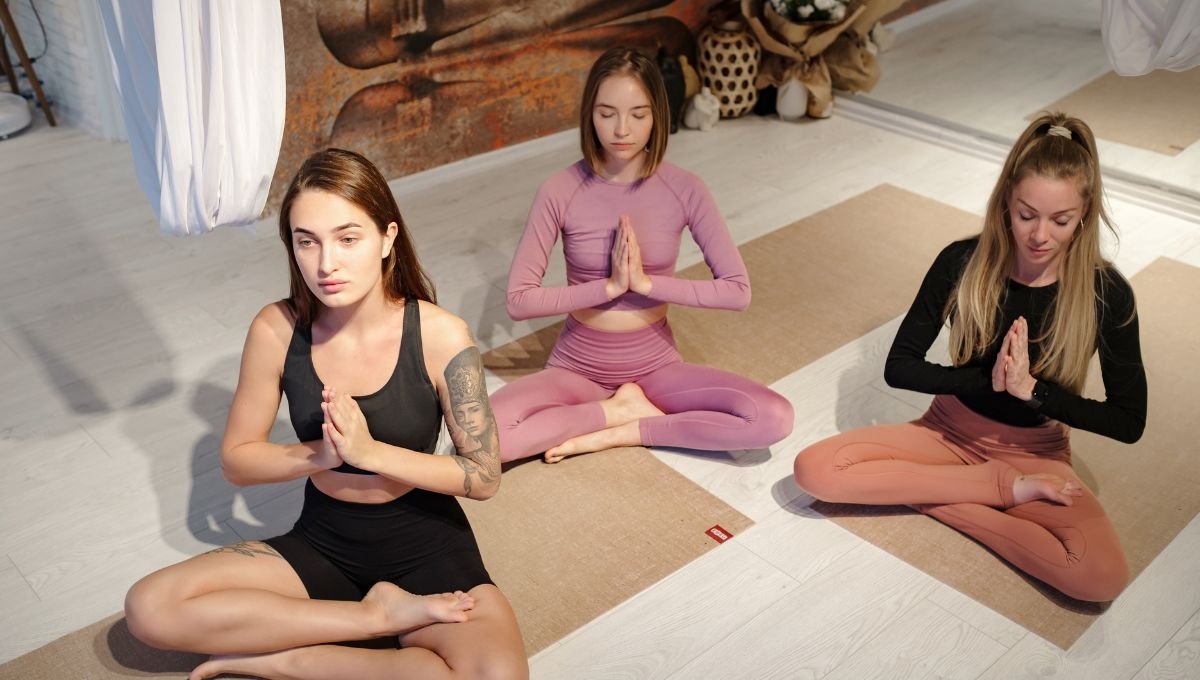
Regularly seek clarification on some things (FAQs) about the Breath of Life
1. What is pranayama, and for what reason is it significant?
Pranayama is the yogic act of controlling the breath, which is viewed as the wellspring of our fundamental life energy, or prana. It’s significant because it upgrades physical and mental prosperity, works on respiratory proficiency, diminishes pressure, and helps in profound arousal.
2. Could fledglings at any point rehearse pranayama?
Indeed, fledglings can rehearse pranayama. It’s prescribed to begin with fundamental strategies like three-section breathing (Dirga Pranayama) or sea breathing (Ujjayi Pranayama) under the direction of a certified educator to guarantee legitimate practice.
3. How often would it be a good idea for me to rehearse pranayama?
For the best outcomes, pranayama ought to be polished from day to day. Beginning with a couple of moments every day and progressively expanding the span as you become more OK with the strategies is a decent methodology.
4. Are there any dangers related to pranayama?
When rehearsed inaccurately, pranayama can prompt distress or unfriendly impacts. It’s pivotal to gain legitimate procedures from a certified teacher and to pay attention to your body, staying away from strain or overexertion.
5. How could pranayama work on my emotional wellness?
Pranayama procedures like profound breathing and substitute nostril breathing can fundamentally diminish pressure, uneasiness, and the side effects of discouragement, advancing mental tranquility and lucidity.
6. Could pranayama assist with actual medical problems?
Indeed, customary pranayama practice can work on respiratory well-being, increase lung limits, and upgrade general imperativeness. It’s additionally helpful for bringing down hypertension and working on the productivity of the body’s organs.
7. What is the best time of day to rehearse pranayama?
The best chance to rehearse pranayama is in the early morning or late at night when the air is quiet and contamination levels are lower. Nonetheless, it tends to be rehearsed whenever the day accommodates your schedule, as long as you practice while starving or, if nothing else, a couple of hours after feasts.



